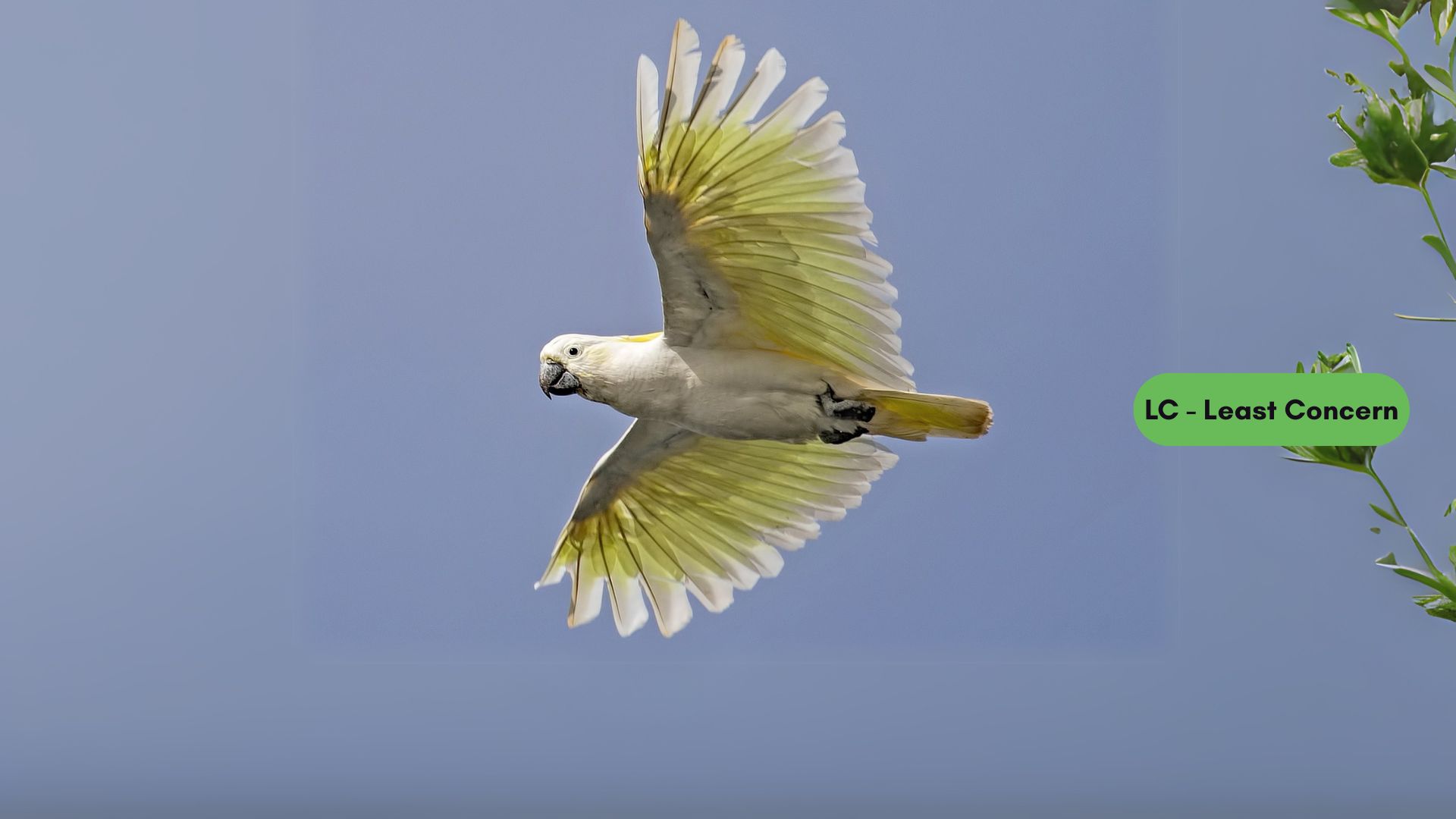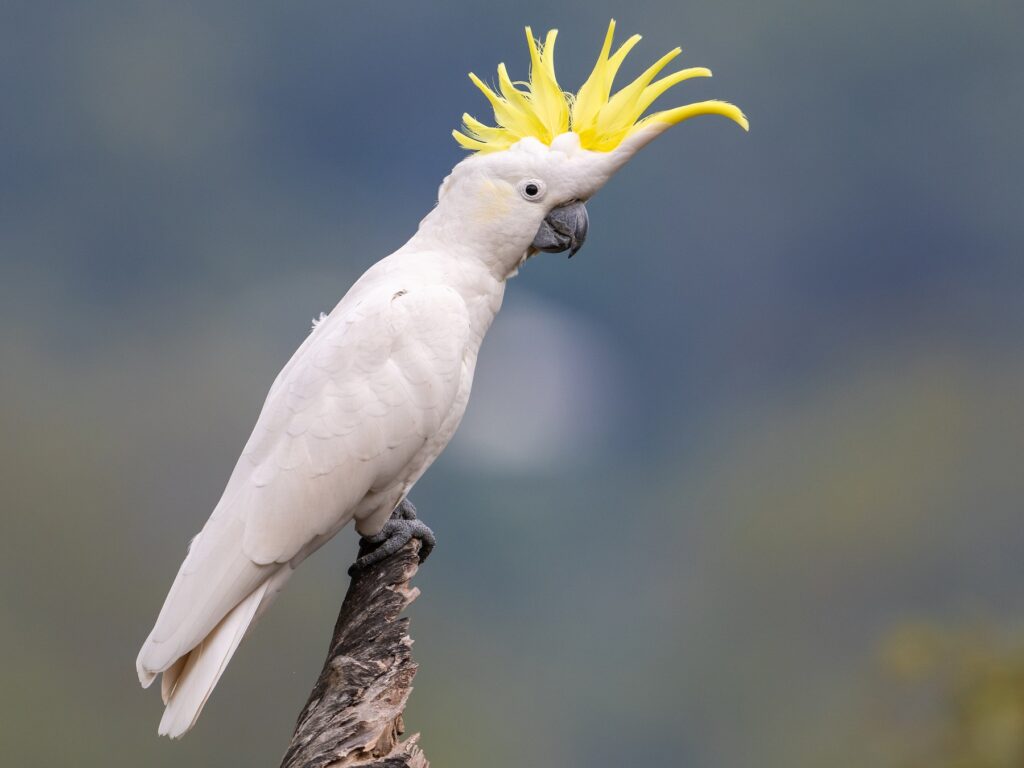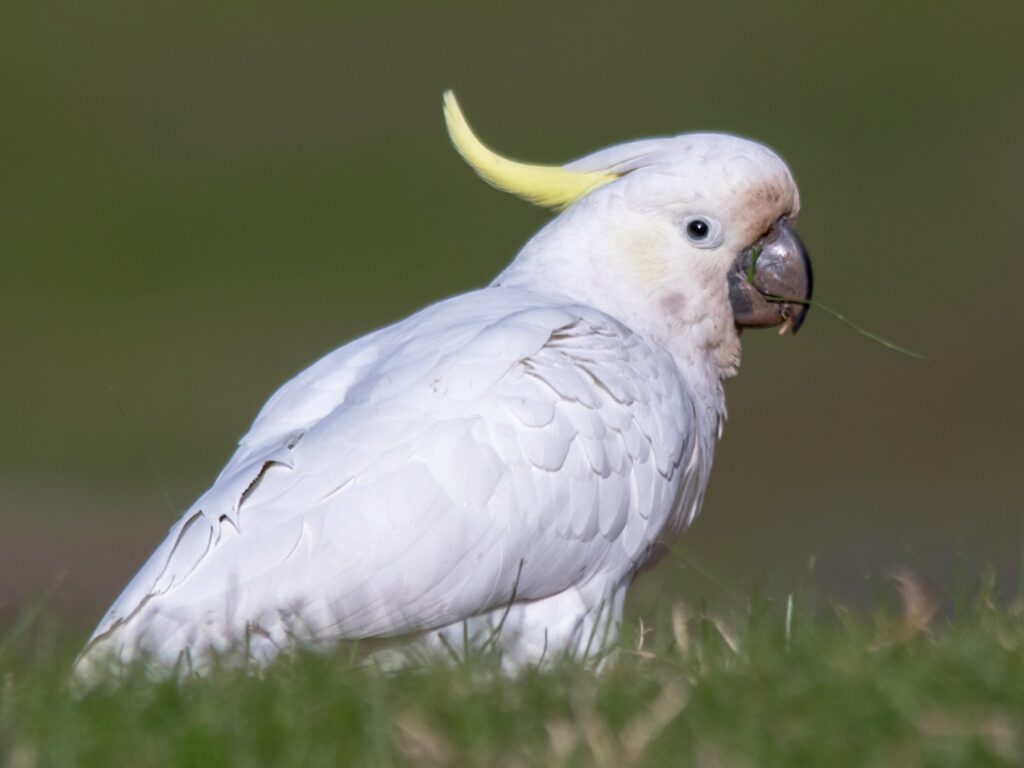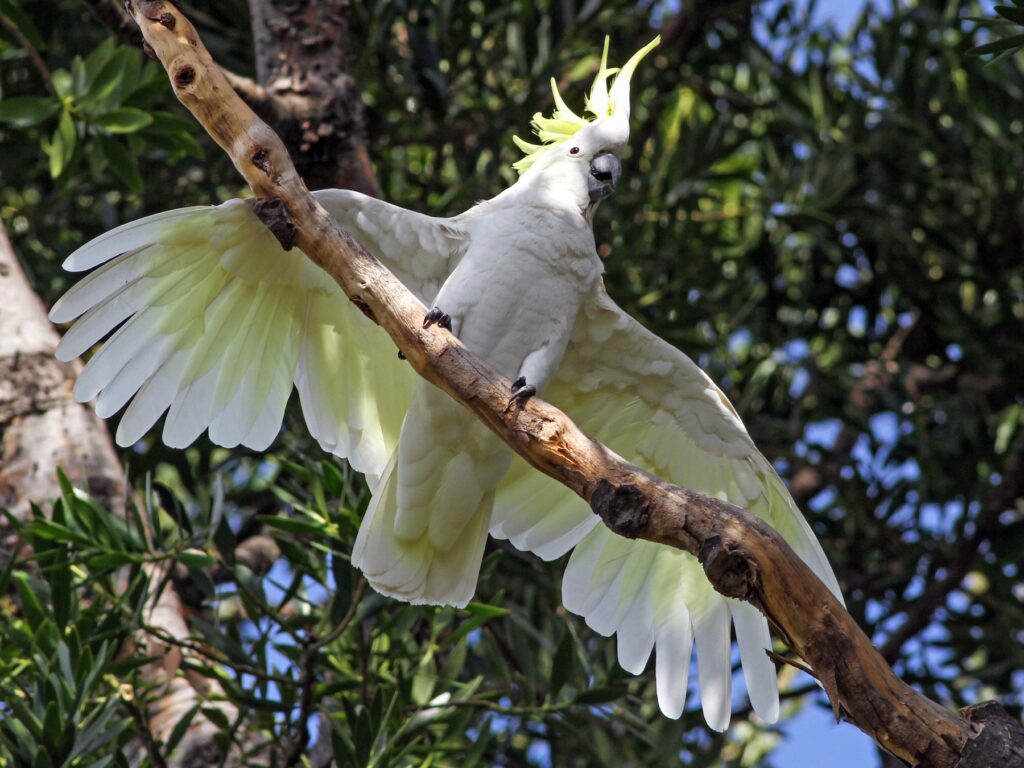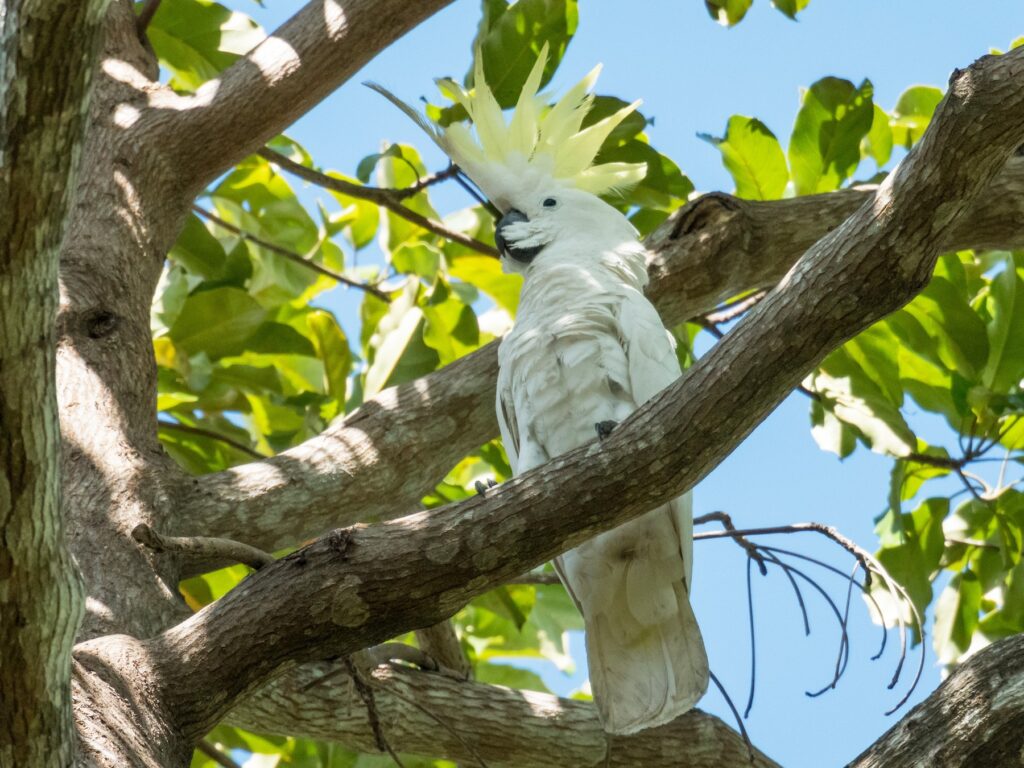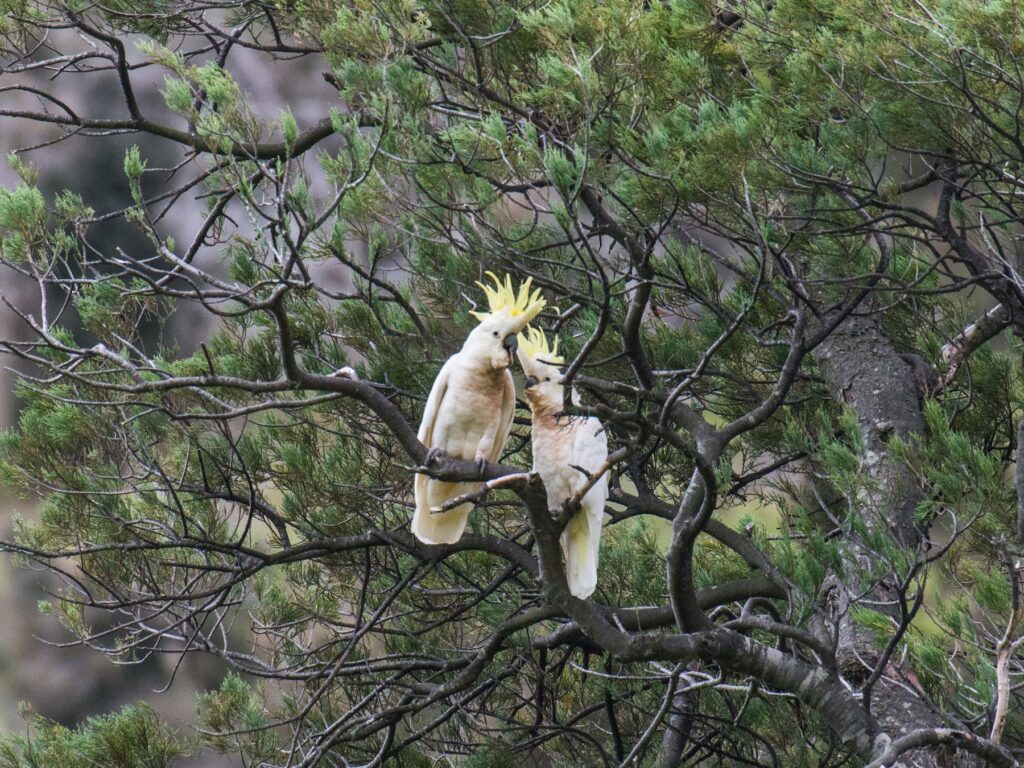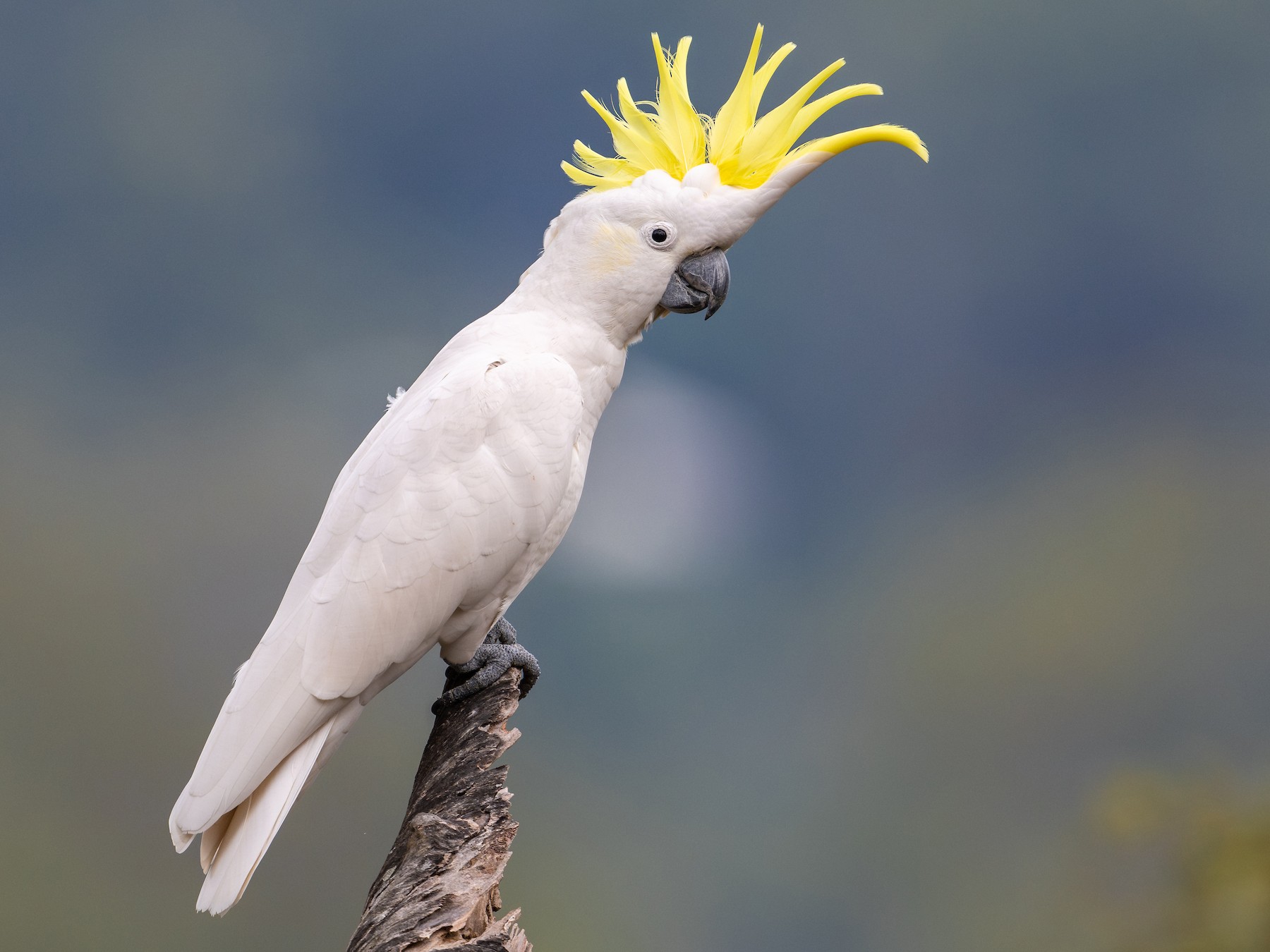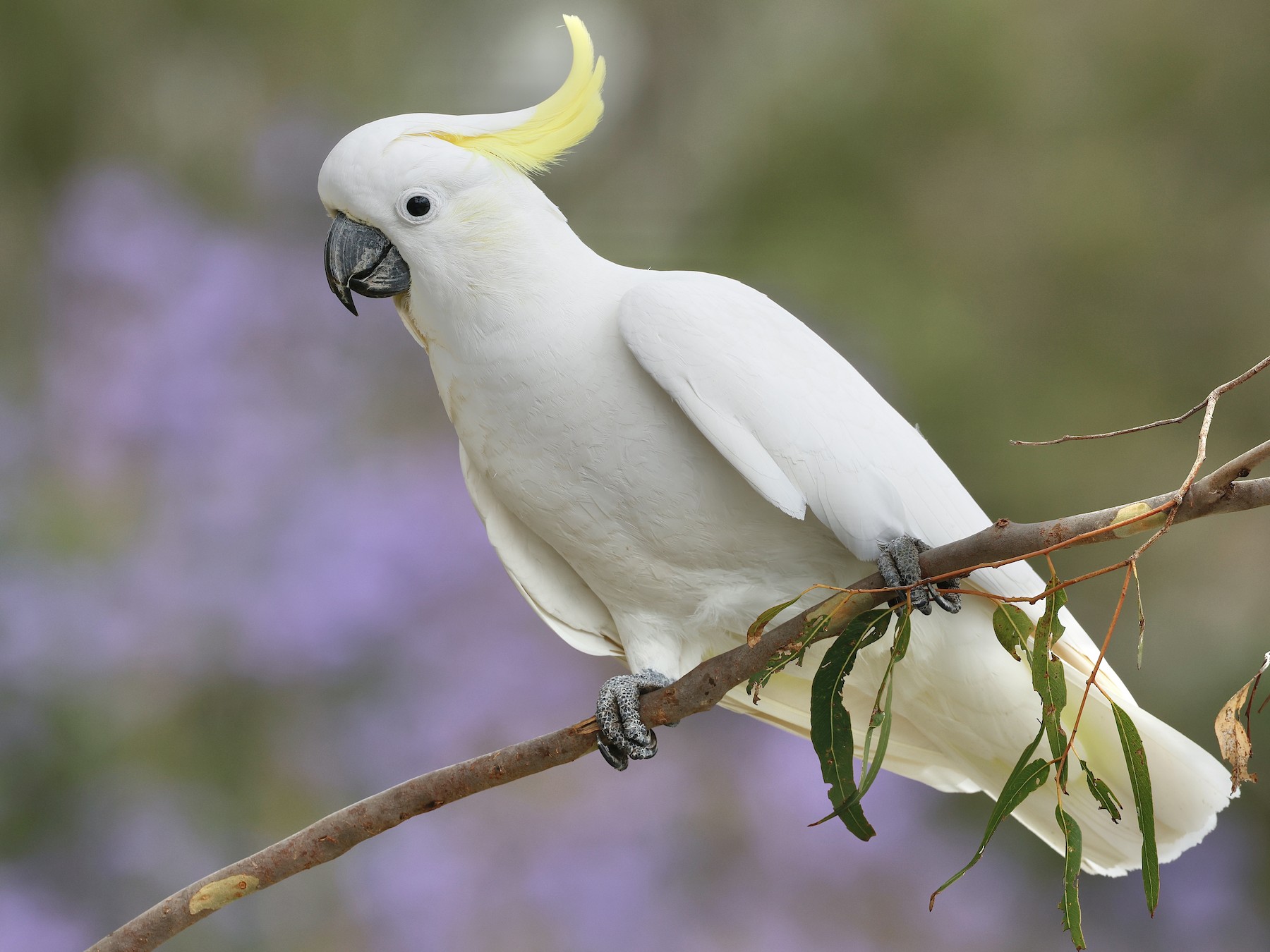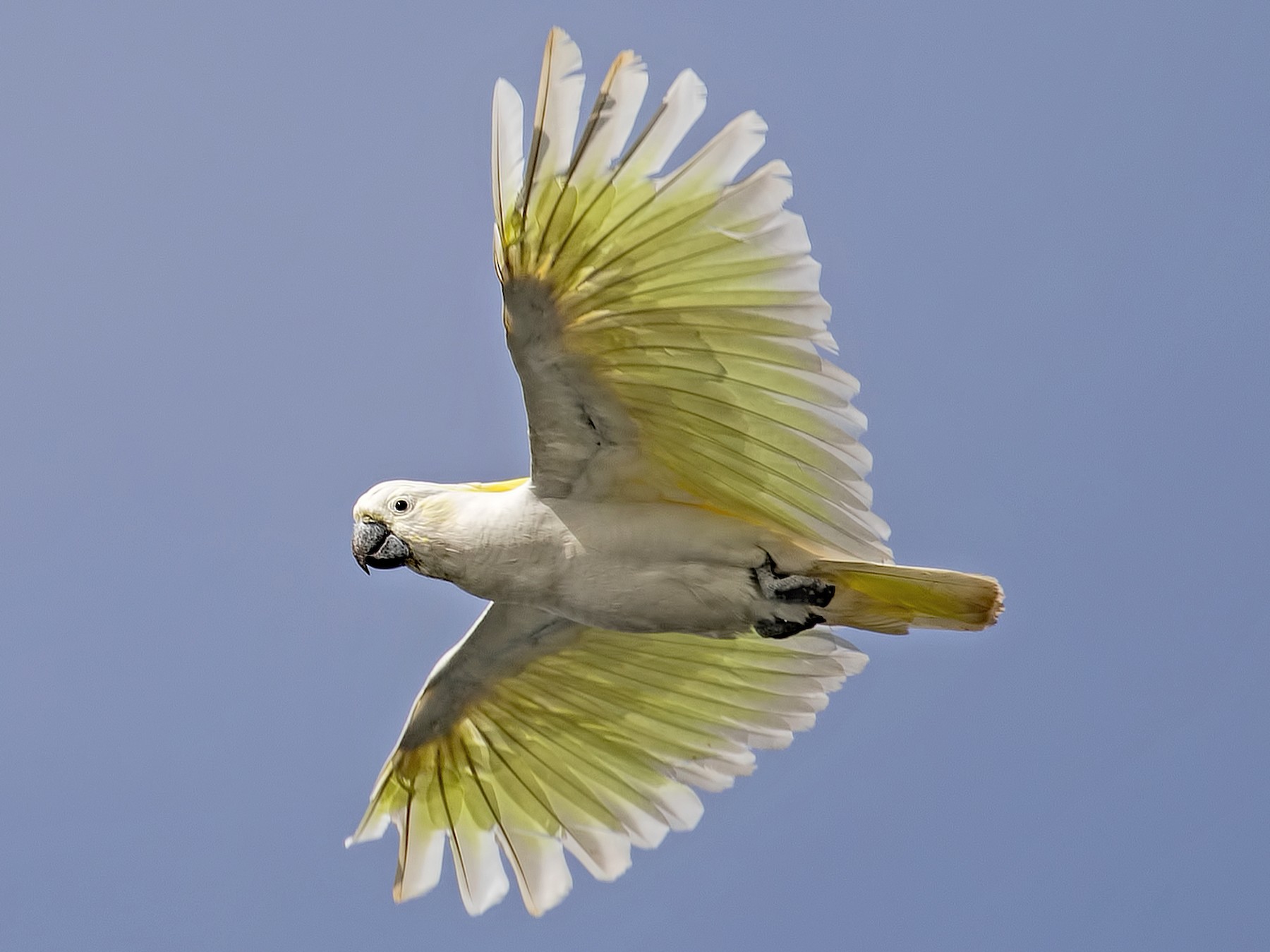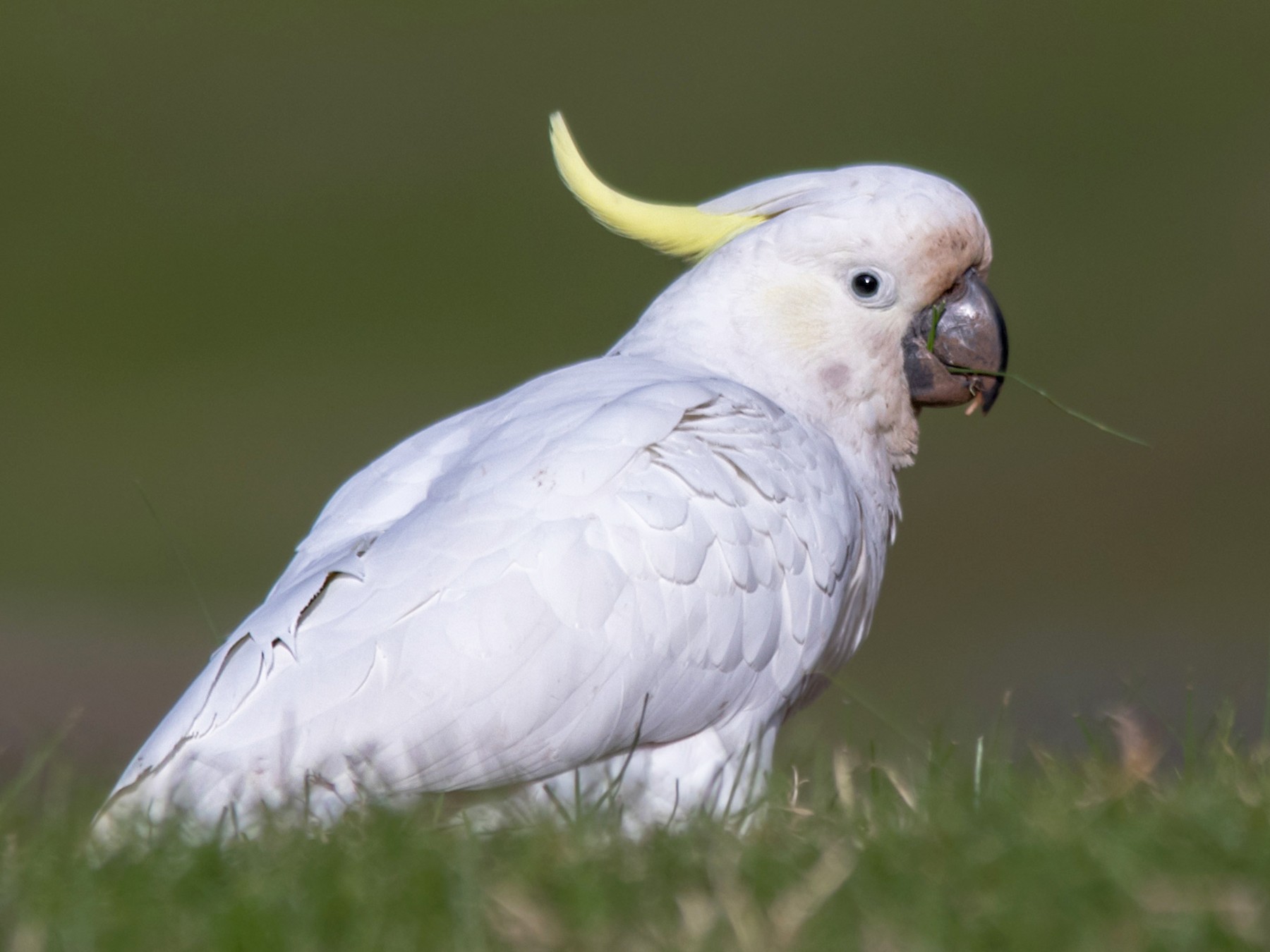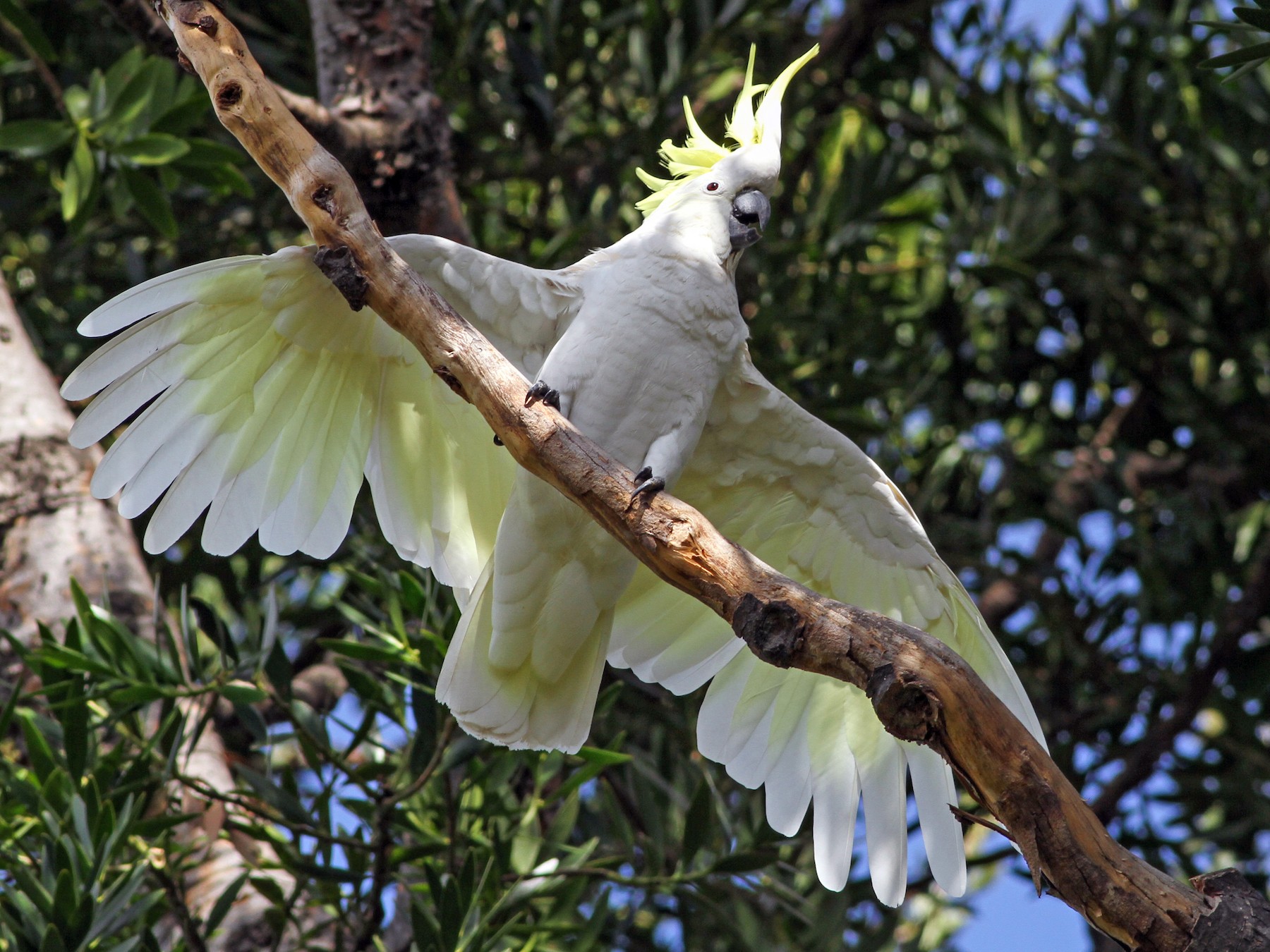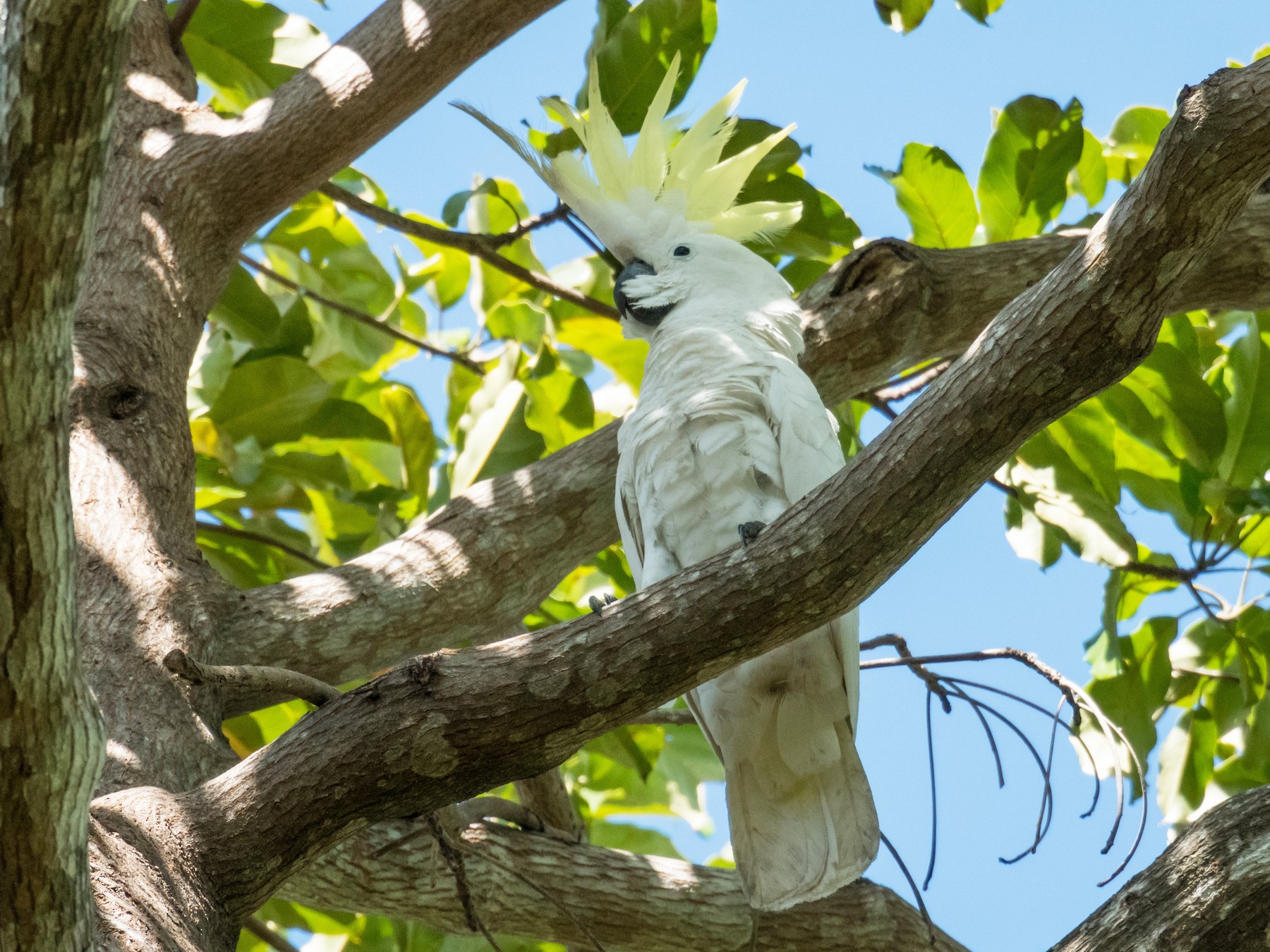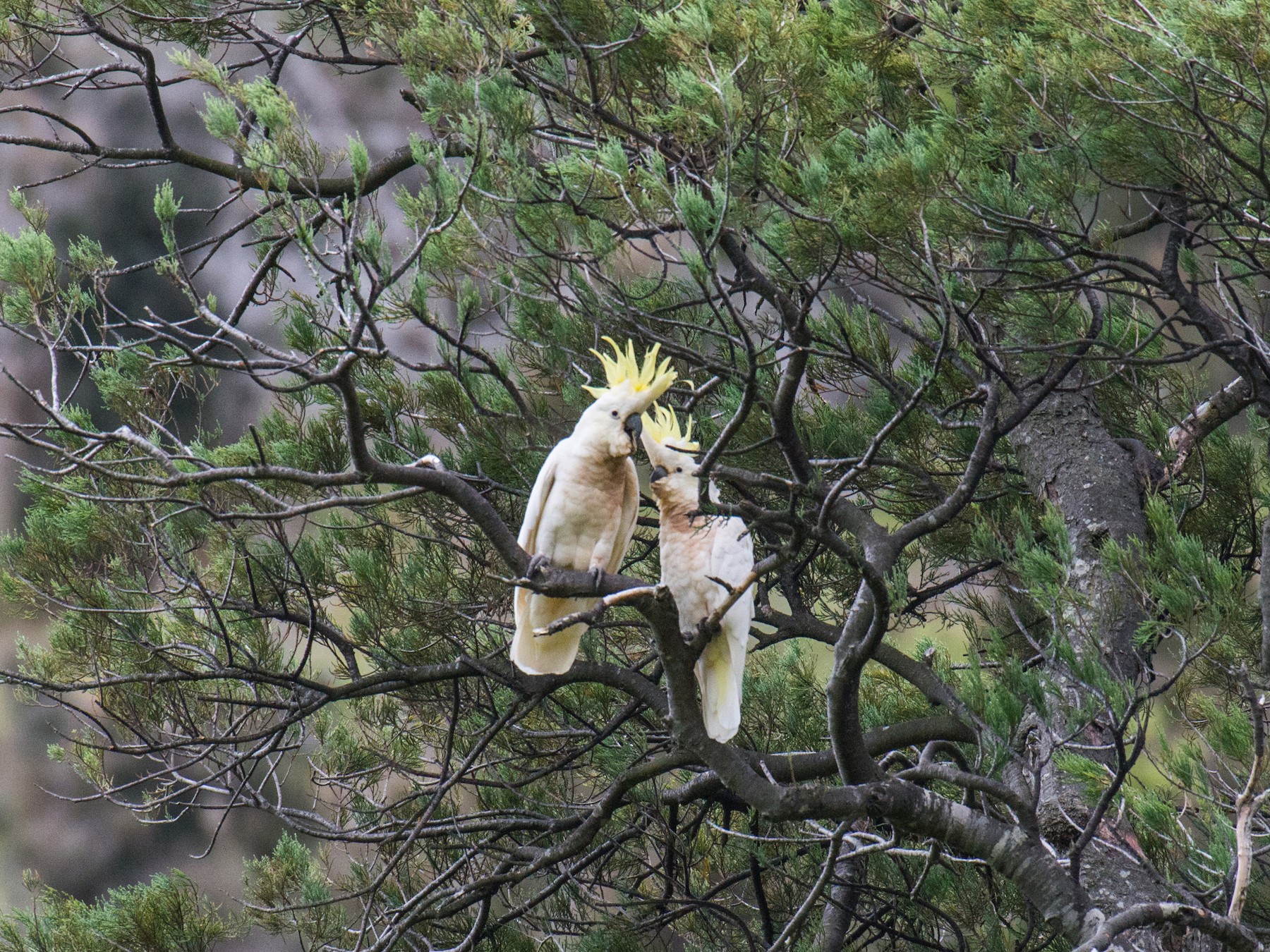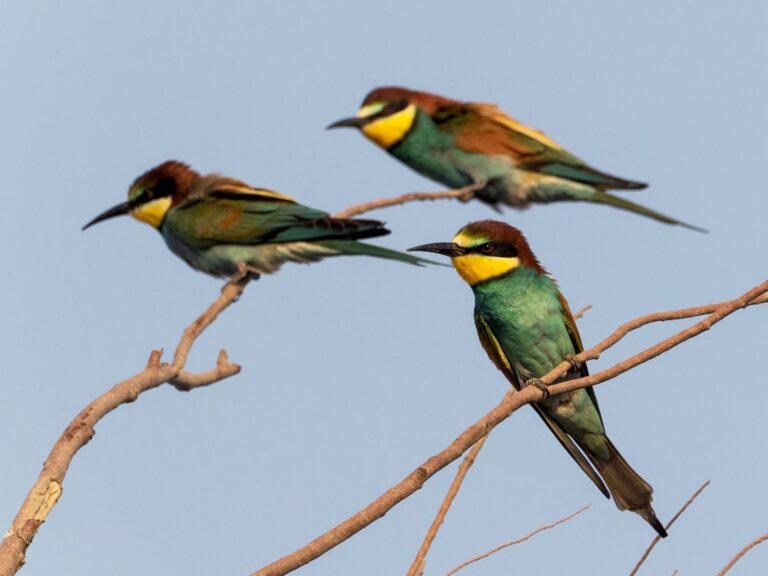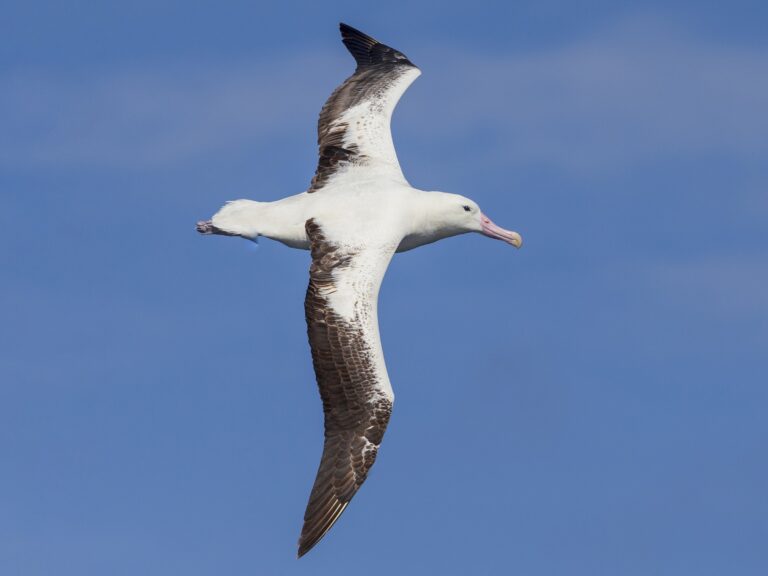Sulphur-crested Cockatoo: What Makes These Birds So Captivating
The sulphur-crested cockatoo is a striking bird known for its bright white feathers and yellow crest. It lives mainly on the west coast of Australia and nearby islands. This cockatoo is large, loud, and intelligent, making it one of the most recognizable birds in its native regions. These birds prefer wooded areas but can also adapt to different environments, including urban spaces.
Their social behavior is highly developed, often seen flying and feeding in groups. They have a long lifespan and are known to live many decades, especially in captivity. Because of its intelligence and strong personality, the sulphur-crested cockatoo is sometimes kept as a pet. However, it requires special care to meet its social and dietary needs.
Key Takeways
- The sulphur-crested cockatoo has distinct physical traits and a wide natural range.
- It shows complex social behavior and needs strong care in captivity.
- Its long lifespan highlights its adaptability and resilience.
Sign Up for Our Monthly Newsletter
Every month we send out our newsletter about interesting (and sometimes quirky) things happening in the world of birding. Give it a try!
The sulphur-crested cockatoo has a unique look shaped by its feathers, beak, and size. Its physical traits make it easy to identify among other birds. Key features include the color of its feathers and crest, as well as its overall size and weight.
Physical Characteristics
Distinctive Features
This cockatoo is well known for its bright yellow crest on top of its head. The crest is made up of long feathers that can be raised or lowered. It uses this crest to express emotions or communicate. Its beak is large, hooked, and dark grey to black.
This strong beak helps it crack open nuts and seeds. The bird’s eyes have a dark iris in adults, which is different from the grey iris of juveniles. The feet are zygodactyl, meaning two toes point forward and two backward. This arrangement helps the bird grip branches firmly and manipulate food.
Color Variations
The sulphur-crested cockatoo is mainly white, with a bright yellow crest and yellow coloring under its wings and tail. This yellow wash is especially visible when the bird is flying or stretching its wings.
The skin around the eyes and at the base of the beak is bare and can have a slight pinkish tone in younger birds. Adult birds have a more solid, pale skin color here. The contrast between the white feathers and yellow highlights is strong, making this bird easy to spot.
Size and Weight
Sulphur-crested cockatoos are large birds compared to many other parrots. They typically measure between 45 to 50 cm (about 18 to 20 inches) from head to tail. Their weight generally ranges from 800 to 1100 grams (1.8 to 2.4 pounds). Males and females are roughly the same size, so sex cannot easily be determined by appearance alone.
These birds require large spaces due to their size and strength. Their size supports their ability to live in diverse wooded environments and handle tough food sources. For more details, see the Greater Sulphur-Crested Cockatoo Facts and Information.
Natural Habitat and Distribution
The sulphur-crested cockatoo lives mainly in areas with plenty of trees. It has a wide range, especially in Australia, and adapts well to different environments. Its wild populations remain stable in many regions.
Preferred Environments
This cockatoo prefers wooded places such as tropical and subtropical rainforests. It also inhabits vast savannas, where scattered trees provide shelter. These birds are often seen in parks, gardens, and urban areas with enough trees. They stay close to food sources like seeds, nuts, and fruits found in these habitats.
Their ability to live near human settlements shows their adaptability to changing environments.
Range in Australia and Beyond
The sulphur-crested cockatoo’s range covers much of Australia, from Tasmania through Victoria, New South Wales, and Queensland. It is also found in New Guinea and some nearby islands.
In Australia, it is common across both coastal and inland areas where suitable habitats exist. The species does not migrate far and generally remains in the same region year-round.
Wild Population Status
The cockatoos maintain healthy populations in most of their range. They are common birds, especially in timbered and suburban areas where they can find food and nesting spots.
Their numbers are stable, but habitat loss could pose future risks. Conservation efforts focus on protecting natural habitats and urban green spaces to support their populations. For more detailed habitat and range information, see the sulphur-crested cockatoo at the Australian Museum.
Behavior and Social Structure
Sulphur-crested Cockatoos live in complex social groups and rely on clear communication. Their behavior involves group movements, loud calls, and specific mating actions. These traits help them stay connected and reproduce successfully.
Flocking Patterns
These cockatoos form large flocks, often moving together from feeding sites to roosting areas. Flocks can include dozens or even hundreds of birds. Moving in groups helps protect them from predators and improves foraging success. Flocks have a social hierarchy, with dominant birds leading and others following.
They often engage in playful activities like hanging upside down or chasing each other. This social play strengthens bonds within the group. They usually fly in tight formations with loud wingbeats. Their daily routine involves morning feeding, socializing, and then heading to shared roost sites before nightfall.
Vocalizations and Communication
Sulphur-crested Cockatoos communicate using loud, sharp calls that carry across large areas. These calls alert the flock to danger or signal location. They also use non-vocal displays like raising their yellow crest to express excitement or alarm. Social interaction is key.
Birds often call back and forth in groups, maintaining contact with each other. Different calls can express emotions like aggression, curiosity, or bonding. Their ability to learn new sounds and mimic noises is notable. This skill helps them adapt to changing environments and interact with other species, including humans.
Mating and Courtship Rituals
Mating pairs show strong bonds and engage in specific courtship behaviors. Males often perform displays like spreading their crests, shaking their heads, and offering food to females.
Courtship includes mutual preening, which helps build trust and reinforces pair bonds. These actions increase the chances of successful breeding. Nests are usually in tree hollows, where the female lays eggs. Both parents share duties in incubating and feeding their chicks after hatching.
This care ensures better survival of the young. Their mating season varies but typically aligns with periods of food abundance.
Diet and Nutrition
The sulphur-crested cockatoo needs a diet that provides balanced nutrients from various natural sources. It requires foods rich in vitamins, minerals, and proteins to stay healthy and active.
Common Food Sources
Sulphur-crested cockatoos mainly eat seeds, nuts, fruits, and blossoms. They also consume insects and insect larvae, which add protein to their diet. Fresh fruits like apples and berries offer vitamins, while nuts and seeds provide healthy fats. In captivity, a diet often includes specially made pellets that supply most nutrients.
Fresh vegetables such as carrots and leafy greens are added to keep their vitamin intake high. Small amounts of seed mix or nuts work well as treats but should not be the main food source.
A good diet example:
- 75%–80% pelleted bird food
- Fresh fruits and vegetables daily
- Small portions of seeds or nuts as treats
This combination supports their health and mimics natural feeding habits (melbournebirdvet.com).
Foraging Techniques
In the wild, sulphur-crested cockatoos use strong beaks to crack open seeds and nuts. They also peel bark to find insects hiding underneath. Their beaks can break into hard shells and rip fruit apart. They often forage in groups, searching through treetops and on the ground.
Pulling blossoms and new grain shoots is common, providing a mix of fiber and nutrients. This species is intelligent and uses its paws to hold food while eating. Foraging is not only about food but also mental stimulation. Offering varied food types encourages natural searching behavior in birds kept as pets (animalia.bio).
Life Cycle and Lifespan
The sulphur-crested cockatoo has a long lifespan and distinct stages in its life cycle. It reaches sexual maturity after several years and goes through various development phases from egg to adult.
Breeding Season
Sulphur-crested cockatoos usually breed once a year. The breeding season varies by location but often happens in the spring or early summer. They prefer nesting in tree hollows. The female lays 2 to 3 eggs and incubates them for about 28 days.
During this time, the male brings food to the female. After hatching, chicks stay in the nest for around 10 to 12 weeks. Both parents feed and protect the young until they are ready to leave the nest.
Development Stages
Chicks hatch blind and featherless. Their eyes open within the first week. Over weeks, feathers grow and the chicks gain strength. By 10 to 12 weeks, they begin learning to fly.
They depend on their parents for food and protection during early life. At about 5 to 6 years, sulphur-crested cockatoos reach sexual maturity and can start breeding. In the wild, they live around 40 to 57 years. In captivity, with proper care, they can live up to 80 years or more, sometimes even exceeding 100 years.
Sulphur-crested Cockatoos in Aviculture
Sulphur-crested Cockatoos require specific care, social interaction, and mental stimulation. They can form strong bonds with their owners but need commitment and proper training. Their intelligence and long lifespan mean they are not ideal for inexperienced bird keepers.
Suitability as Pets
These cockatoos are social and intelligent birds. They often bond closely with one person and can live up to 40 years or more. Because of this, they need a stable environment and regular attention. They are loud and can be noisy, which is not suitable for all homes.
Their strong beaks can also cause damage if they are bored or stressed. Potential owners should consider their commitment before choosing this species.
Care Requirements
Sulphur-crested Cockatoos need a large cage or aviary to move freely. Their diet should include a mix of pellets, seeds, fruits, and vegetables to stay healthy.Regular cleaning of their living space is essential to prevent disease. They also require daily interaction and opportunities to exercise outside their cage.
Social needs are high, so they benefit from time spent with humans or other birds. Without enough stimulation, they may develop behavioral problems.
Training and Enrichment
Training should focus on positive reinforcement techniques. Sulphur-crested Cockatoos can learn tricks, commands, and can be taught to reduce screaming through consistent behavior management.
Providing a variety of toys is important to keep them mentally active. Puzzle feeders, chewing toys, and foraging opportunities help prevent boredom. Regular changes in their enrichment items keep their interest and support mental health.
For more details on their behavior and care, the Sulphur-crested Cockatoo Fact Sheet offers useful information.
Frequently Asked Questions
Sulphur-crested Cockatoos live for many decades and have distinct physical traits between males and females. Their behaviors in captivity include social interaction and loud vocalizing. They are known for their ability to mimic sounds. Their natural habitat includes wooded areas near water.
What is the typical lifespan of a Sulphur-crested Cockatoo?
They can live about 60 years in the wild and even longer in captivity with proper care.
How can you differentiate between a male and female Sulphur-crested Cockatoo?
Males usually have black eyes, while females tend to have reddish-brown or reddish eyes. Physical size is similar, so eye color is the easiest sign to tell them apart.
What are the common behavioral traits of Sulphur-crested Cockatoos in captivity?
These birds are highly social and need regular interaction. They often display playful behavior but can become loud and destructive if bored or stressed.
How much does a Sulphur-crested Cockatoo typically cost?
Prices vary depending on location and breeder but typically range from several hundred to over a thousand dollars. Additional costs for food, toys, and vet care are important to consider.
What is the natural habitat of the Sulphur-crested Cockatoo?
They live in wooded areas, often near water sources. They do not migrate and usually stay in the same region throughout their lives.
Can Sulphur-crested Cockatoos mimic human speech and sounds?
Yes, they can imitate a variety of sounds, including human speech. Their ability to mimic is one reason they are popular pets. For more detailed traits, see the cockatoo’s behavior and vocal abilities.
